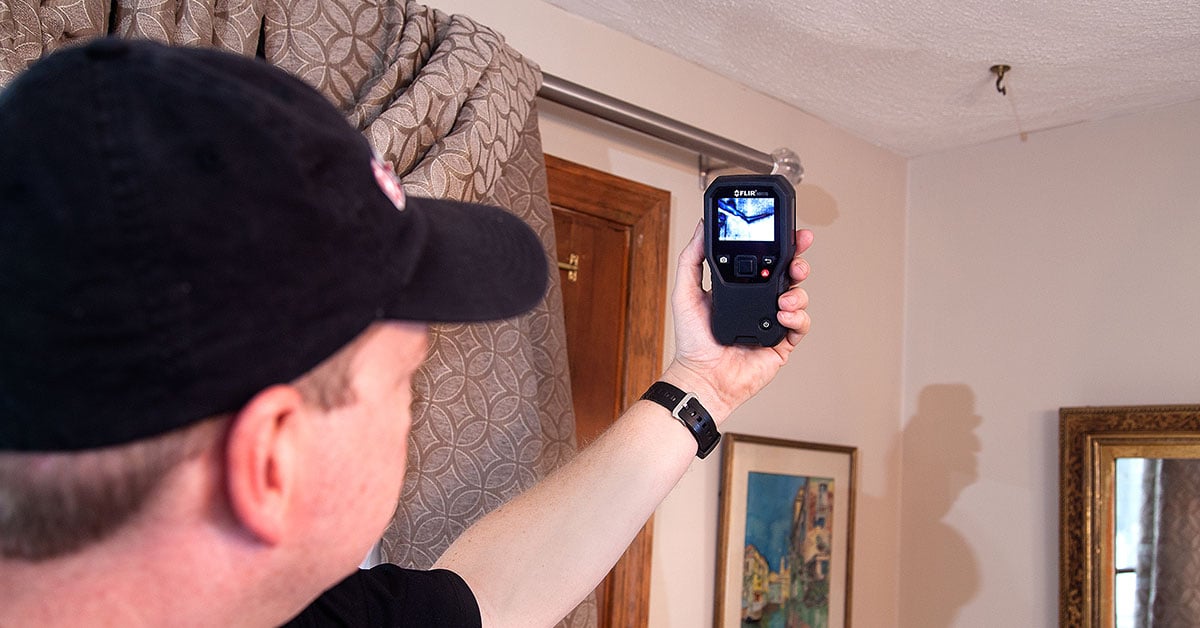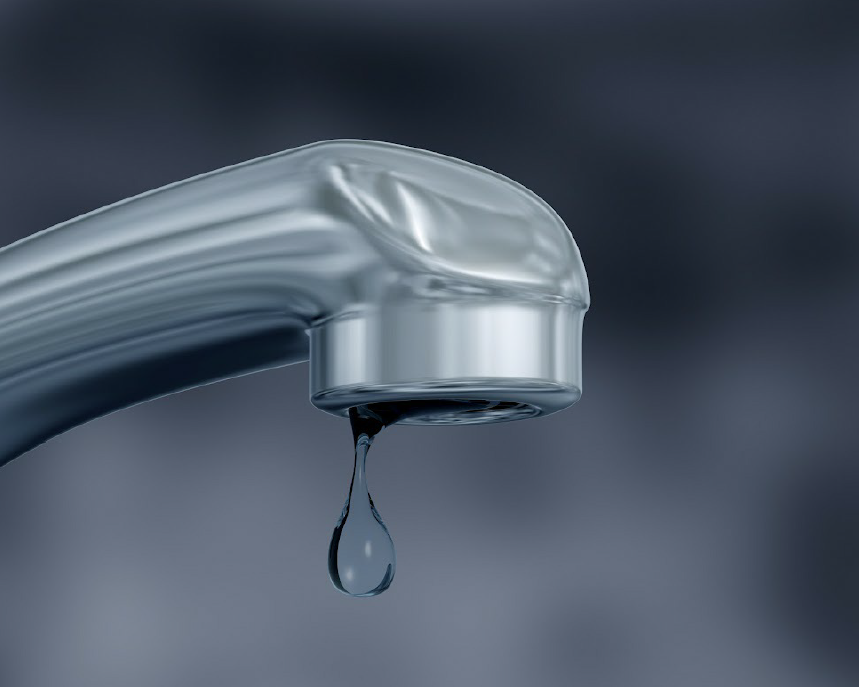Exactly how to Examine If Your Home Has a Concealed Leakage
Exactly how to Examine If Your Home Has a Concealed Leakage
Blog Article
Everybody has got their unique assumption in relation to Finding hidden leaks.

Early discovery of leaking water lines can alleviate a potential calamity. Some tiny water leakages might not be noticeable.
1. Analyze the Water Meter
Examining it is a proven way that helps you uncover leaks. If it moves, that suggests a fast-moving leak. This implies you might have a sluggish leakage that can also be underground.
2. Check Water Consumption
Evaluate your water expenses as well as track your water usage. As the one paying it, you must observe if there are any type of disparities. If you detect sudden changes, in spite of your usage coinciding, it indicates that you have leaks in your plumbing system. Keep in mind, your water expense ought to fall under the same range every month. A sudden spike in your costs shows a fast-moving leakage.
A steady rise every month, also with the same behaviors, reveals you have a slow-moving leakage that's also gradually intensifying. Call a plumber to thoroughly examine your building, particularly if you feel a cozy area on your flooring with piping beneath.
3. Do a Food Coloring Examination
When it comes to water usage, 30% comes from toilets. If the shade in some way infiltrates your bowl throughout that time without flushing, there's a leakage between the container as well as dish.
4. Asses Exterior Lines
Do not fail to remember to inspect your outside water lines too. Must water leak out of the link, you have a loosened rubber gasket. One little leakage can squander bunches of water and spike your water bill.
5. Examine the situation and inspect
Property owners ought to make it a practice to inspect under the sink counters as well as even inside cabinets for any bad odor or mold growth. These two warnings show a leakage so timely interest is needed. Doing routine evaluations, even bi-annually, can save you from a major trouble.
Check for stainings and deteriorating as many pipelines and devices have a life expectations. If you think dripping water lines in your plumbing system, don't wait for it to intensify.
Early discovery of leaking water lines can minimize a potential catastrophe. Some tiny water leaks might not be visible. Inspecting it is a proven method that aids you discover leakages. One little leak can lose tons of water as well as surge your water costs.
If you think dripping water lines in your plumbing system, do not wait for it to escalate.
WARNING SIGNS OF WATER LEAKAGE BEHIND THE WALL
PERSISTENT MUSTY ODORS
As water slowly drips from a leaky pipe inside the wall, flooring and sheetrock stay damp and develop an odor similar to wet cardboard. It generates a musty smell that can help you find hidden leaks.
MOLD IN UNUSUAL AREAS
Mold usually grows in wet areas like kitchens, baths and laundry rooms. If you spot the stuff on walls or baseboards in other rooms of the house, it’s a good indicator of undetected water leaks.
STAINS THAT GROW
When mold thrives around a leaky pipe, it sometimes takes hold on the inside surface of the affected wall. A growing stain on otherwise clean sheetrock is often your sign of a hidden plumbing problem.
PEELING OR BUBBLING WALLPAPER / PAINT
This clue is easy to miss in rooms that don’t get much use. When you see wallpaper separating along seams or paint bubbling or flaking off the wall, blame sheetrock that stays wet because of an undetected leak.
BUCKLED CEILINGS AND STAINED FLOORS
If ceilings or floors in bathrooms, kitchens or laundry areas develop structural problems, don’t rule out constant damp inside the walls. Wet sheetrock can affect adjacent framing, flooring and ceilings.
https://www.servicemasterbyzaba.com/blog/how-to-detect-water-leakage-in-walls/

Hopefully you enjoyed our article about Top leak detection hacks. Thank you so much for taking a few minutes to read our blog. Loved our piece of writing? Please share it. Help others check it out. Thanks a lot for going through it.
Report this page